Why Your Brand Colors Matter
When It Comes to Branding, It's All About Color
For sighted people, colors are important, Top brands know this. That's why they invest so much money into researching consumer preferences. They understand that the more they understand about their audiences, the greater their ability to develop messaging and branding that actually works to effect the behaviors of the organisms that can perceive them.
In nature, colors started as a means for survival. Some flowers are grown to have vivid colors to attract pollinators, and there are reptiles whose color changes to protect them from predators in their ecosystems. So if on a lower tier, color plays such an important role to smaller organisms and life, you better believe that it has a significant effect on people. Humans respond to color behaviorally, mentally, and emotionally. Although we are still learning all the ways that color effects us chemically, we've learned enough to know how important colors are to inform, persuade, and influence people on a psychological level.
If you're doing your marketing and branding, consider what your colors are saying about you and your brand and if you're still in the building stages and haven't quite got all your marketing collateral worked out, consider your color theory ahead of time so you can really craft messaging that speaks to the audience that you want to bring in.
There are also commonly reported psychological effects of color as it relates to two main categories: warm and cool. Warm colors – such as red, yellow and orange – can spark a variety of emotions ranging from comfort and warmth to hostility and anger while cooler colors like purple, green, and blue can often spark feelings from calmness to sadness.
Let's dig into a few of the most popular colors to see what how they're being perceived. The following are some common reactions to colors here in the U.S. You can also review a more comprehensive list of color meanings and symbolism on this chart created for download or embed on your site.
Just remember, certain shades or tones may result in very different meanings. Also, the context around the color, and even surrounding colors, can have an effect. Think of this as a more "beginner's look" into color psychology:
RED - Red is the color of passion. It can also be the color of aggression. It is attention grabbing. Interestingly enough, red is appetite stimulating. A lot of fast food restaurants use red because it stimulates your digestion.
GREY - Grey is sort of like the opposite of red. It is a very neutral color. It is a little bit more passive. Speakers might wear grey because they want you to concentrate on what they're saying and not so much what they are wearing.
BLUE - Blue is the color of the sky and the ocean. It's loyal, dependable, honest, trustworthy, and very wise. When you wear blue, it's a great color to show that you are an expert, that you are calm, that you know what you're doing and that you're very loyal and dependable. There have been many really fascinating studies done, one of which had workers work in an all white office and workers working in an all blue office. The workers in the all blue office had 20% less errors, so blue can make you feel more wise, or feel more productive, so it would be a great color to have around you where you work.
PURPLE - Purple is the color of royalty. It's the color of luxury, so if you want someone to thing your gift is expensive, wrap it in purple wrapping paper! LOL! But seriously, there’s a reason why purple doesn't appear in nature very much. That’s why purple dye is so expensive. We attribute the color to being expensive and unique.
ORANGE - Success and high energy. Orange is a great color to wear to the gym. Look around at your next sporting event and see how much orange you find.












